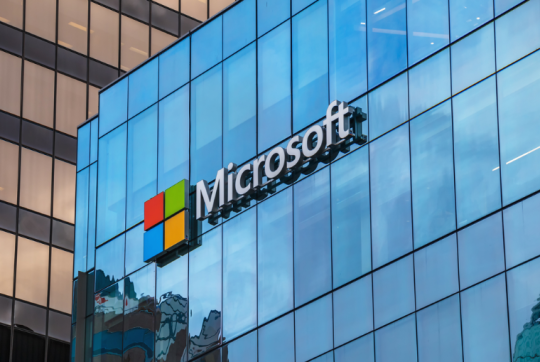
Amazon Go has
been hyped for more than a year as the potential vanguard of cashier-less
retailing, but it appears another tech giant is testing out the technology. Microsoft is working on cashier-less technology of its own
in the hopes of becoming the next big player in the space.
As part of the experiment, Microsoft researchers are
exploring the addition of cameras to shopping carts to track items, and ways
for smartphones to become a larger part of the customer journey.
The RTP team
discusses what Microsoft’s cashier-less developments mean for the technology
itself, what it represents for the future of retailing and whether Microsoft can
credibly compete with the current GAFA (Google/Apple/Facebook/Amazon) tech
powerhouses.
Debbie Hauss,
Editor-in-Chief: It had to happen. Some other company was going to develop
the technology to compete with Amazon Go, since Amazon likely has no plans to
share it. It’s a smart move by Microsoft to jump in at this time and get
retailers on board before more competitors enter the marketplace. I just hope
the technology is ready for prime time, meaning that it works and works well.
It’s hard to understand how badly much of the self-serve checkout solutions
work today, which motivates many shoppers to stand in line rather than arguing
with the technology. On a higher level, do I think we’re moving to a
cashier-less world? Not completely, similar to what I think about a cash-less
world. There may be significantly less cash and cashiers in our future, but
they won’t be completely eliminated.
Adam Blair, Executive
Editor: Every time I read about the next step towards a cashier-less
future, I get a nagging suspicion that we’re looking at this the wrong way
around. In my view, the primary purpose of the technologies in use at Amazon
Go, and now being worked on by Microsoft, is not primarily about making
shopping more convenient for customers, or even for cutting store headcounts by
reducing the need for cashiers. These technologies are about gathering
better data about shopper behaviors. Brick-and-mortar retail has long been
jealous of online commerce’s ability to track every search term, cursor
movement and click. Now, machine learning and big data analytics are making it
possible for omnichannel retailers to digest the enormous quantities of data
generated by constant surveillance of a real-world retail store. This
information is the true treasure — of enormous value not just to the retailers
but to the CPG brands that fill their shelves.
Glenn Taylor, Senior
Editor: Cashier-less technology appears to be too much of a pain too
implement on a wide scale, given the sheer costs that it would bring to retailers
(i.e. more cameras and scanners). There are too many other technologies (and
other investments) that retailers should be focusing on to improve the in-store
experience in the short term. As I’ve said before, self-checkout
experiences don’t always automatically function the way they’re designed to,
making me skeptical about how well the technology may function over a large
sample size. Microsoft’s entrance does bring promise though, and competition
between big firms to outdo each other on tech advancements can be a good thing.
With more players in the mix, cashier-less technology still can be a good test
concept for retailers, particularly if they wanted to go the Amazon route and
dedicate it to one or a few stores.
Bryan Wassel,
Associate Editor: Microsoft no doubt has the clout and capability to become
a powerhouse in cashier-less retailing, but it remains to be seen if this sort
of service will catch on across the industry. Time and time again, we see that
shoppers want an emphasis on experience, and making your customers fill their
own bags is at odds with that sort of retailing — even if it theoretically
frees up more associates to roam the sales floor. I think this technology may
be divided by what Deloitte
termed The Great Retail Bifurcation — the split between
luxury, experiential brands and price-focused brands. If Microsoft can make its
proposition appeal to the dollar stores, no-frills grocers and convenience
stores of the world, it could ride the wave of the next big trend in retail
automation by appealing to business models that benefit from speedy
transactions. If the company creates an expensive solution focused on high-end
retailers, it may find out those shoppers prefer the convenience of being
waited on over the ease of a quick checkout. Of course, this is an entirely
new, mostly untested technology, so Microsoft is doing well to get in on the
ground floor regardless of the eventual destination.






